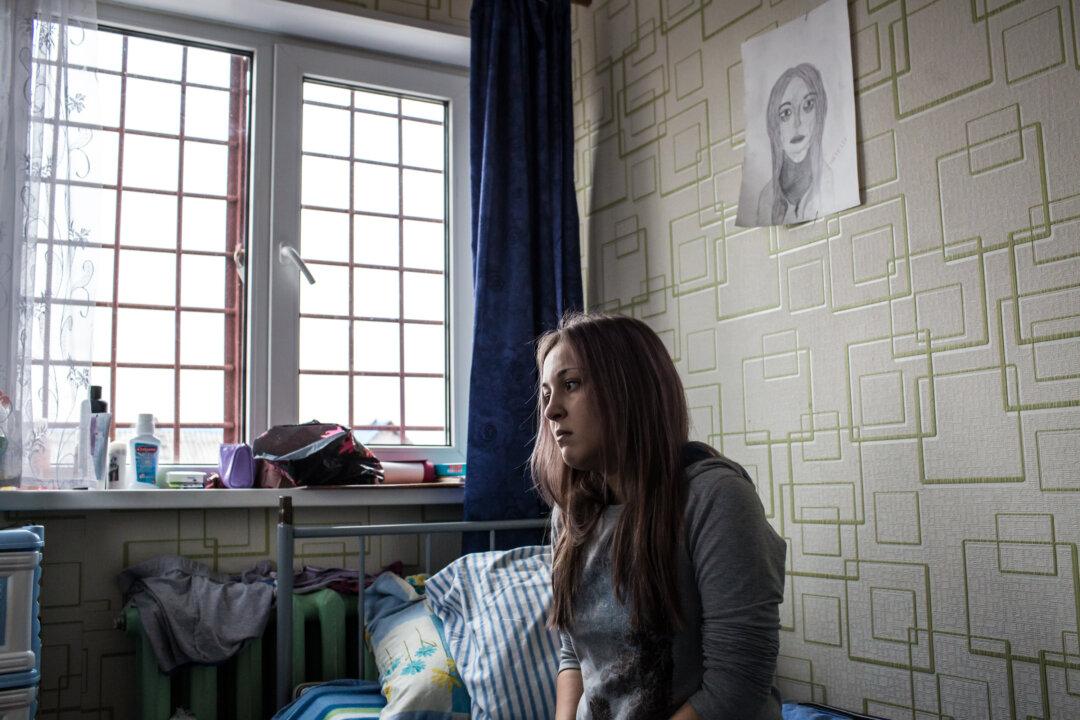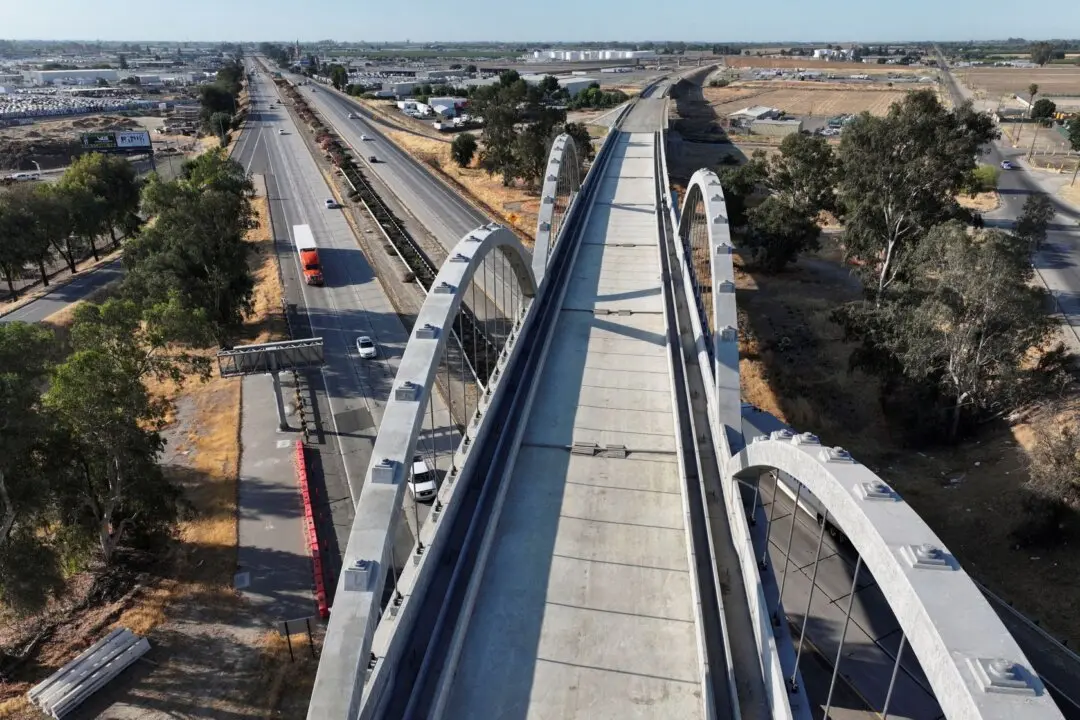The California auditor’s office released a report on Thursday suggesting the California Legislature could change state law to prevent an over-concentration of small drug and alcohol treatment facilities in residential areas.
Under state law, local jurisdictions cannot use zoning ordinances to restrict these small facilities, which serve six or fewer individuals.





